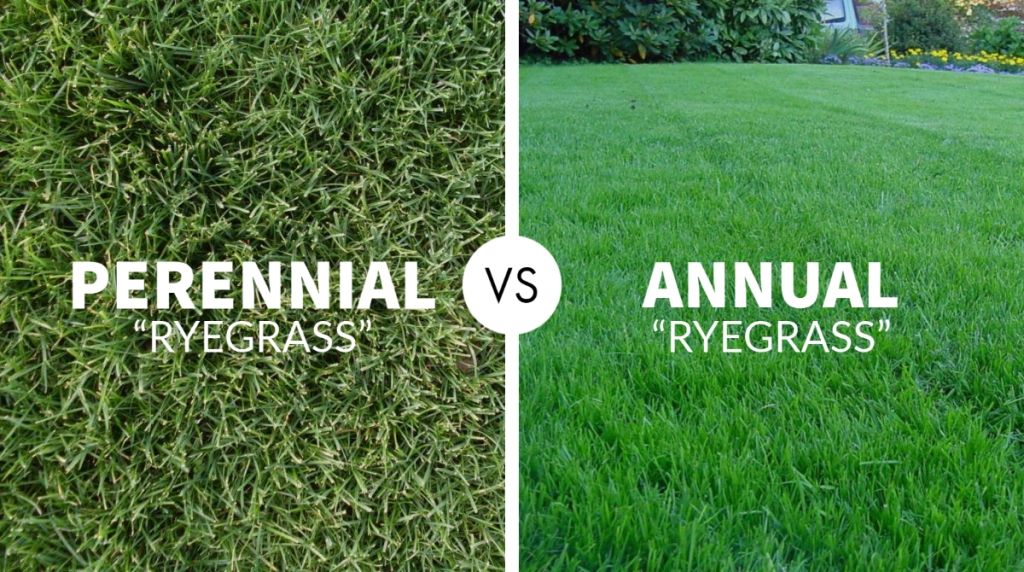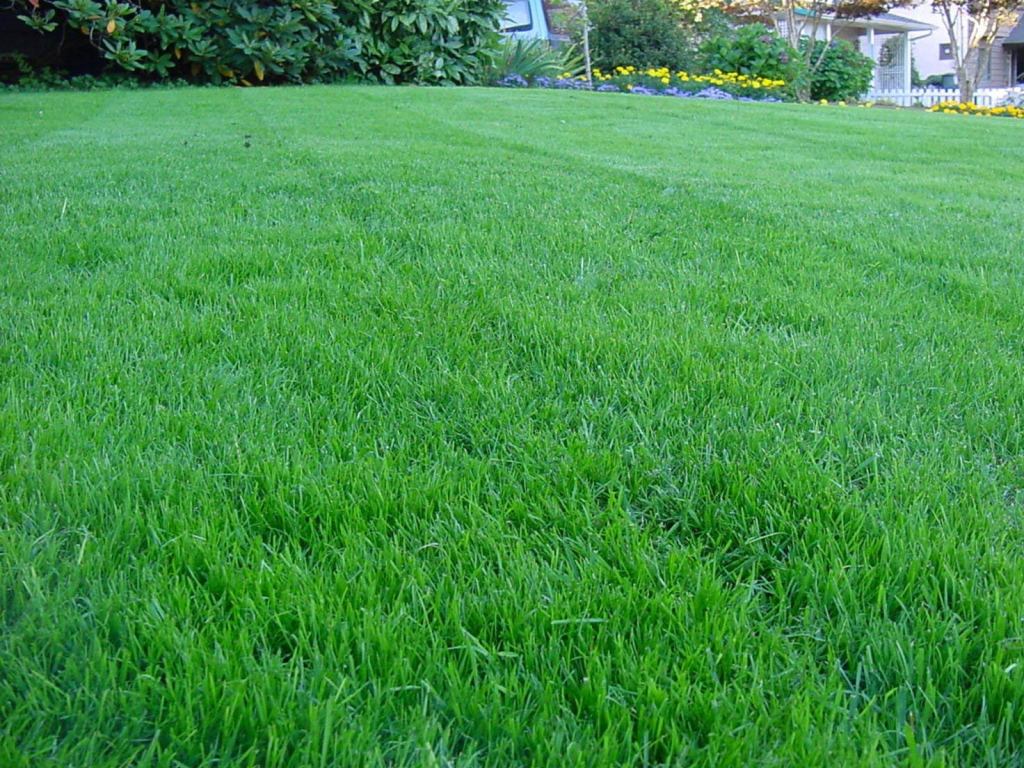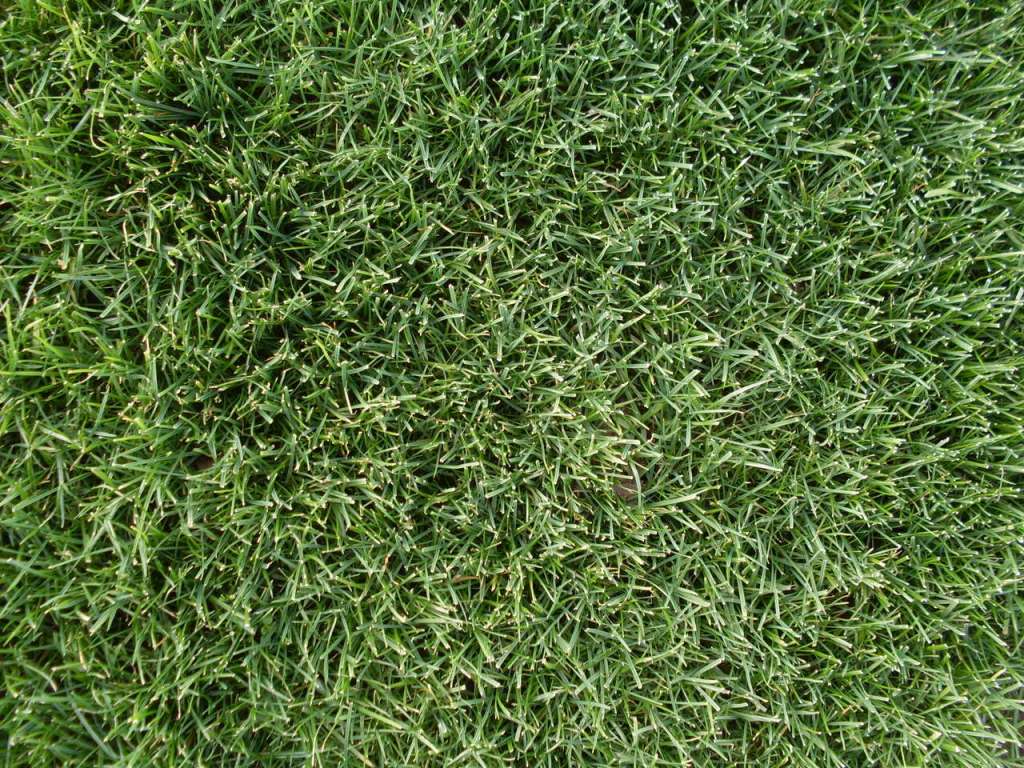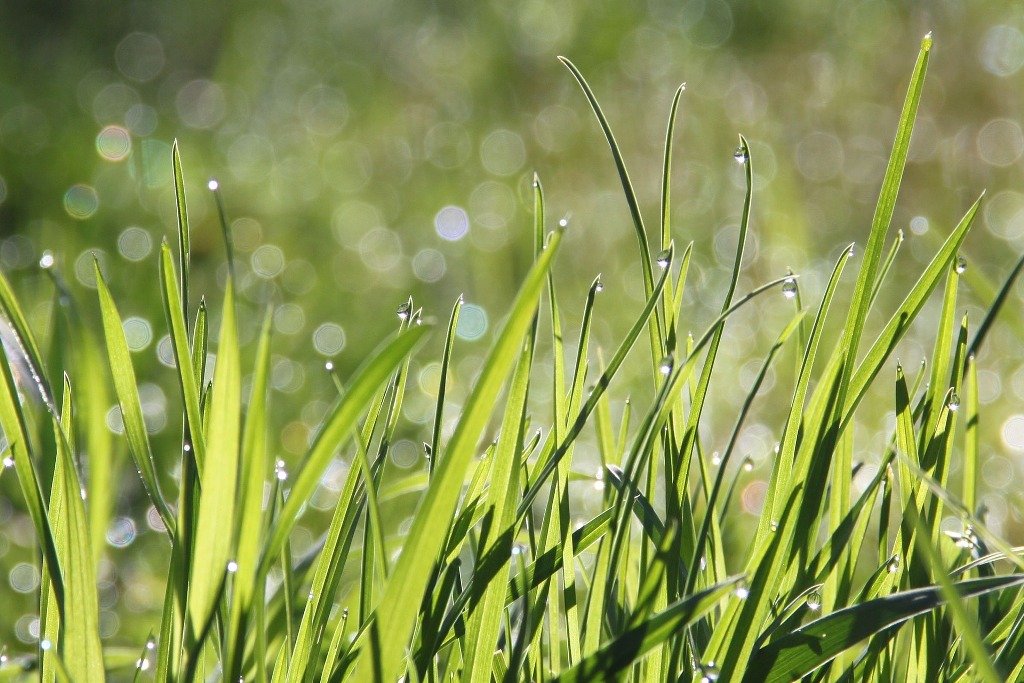Perennial vs Annual Ryegrass – Which one is Better?

Ryegrass is regarded as one of the most widely grown grasses across the world that is known for changing the look of the lawn with its beautiful color. Their ability to grow fast and their low maintenance makes them more desirable. There are two species of the Ryegrass they are Annual Ryegrass and Perennial Ryegrass. They both share various qualities and traits, although they have different roles. The most obvious distinction is recognized through their names. Annual Ryegrass, as the name suggests, lasts only for one growing season. However, the cool season perennial lasts through seasons.
Annual Ryegrass

Annual Ryegrass is scientifically called Lolium Multiflorum. It is also commonly called Italian Ryegrass. It is a cool-season grass that thrives best at temperatures going below 70F. Once the summers are near, the grass turns dormant and changes its bright green color to brown. They do best in zones ranging from 14-17. Annual Ryegrass shows beautiful glossy leaves that can go up to 12 inches. It proves to be the right choice to feed the animals and act as hay. If some stubble of about 2 inches is still alive, the grass grows back in about 15-20 days.
Perennial Ryegrass

The scientific name for Perennial Ryegrass is Lolium Perenne. The Perennial Ryegrass has glossy leaves that attract the eye. The grass stands stiff and can go to a height of 2 inches to the maximum. They are widely used for their quality of coming back year after year. They are tolerant of wet soils however, they can not take droughts to a great extent. Keeping the Perennial Ryegrass in cool climates is preferred. It loves the sun yet can tolerate light shade. The perennial is used in lawns as a decoration. It can live up to 3 years. Since it lives longer, it is more prone to tolerating cold and warm climates.
Lifecycle
This is the key difference between both the Ryegrasses, Annual, and Perennial. The Annual Ryegrass requires to be planted year after year as it dies during the hot season which is unlike the Perennial Ryegrass
The Perennial Ryegrass comes with a continuous lifecycle, which allows the Perennial to come back in the cool season when it goes to become dormant in the hot seasons. This is the basic feature that should be considered before choosing the desired Ryegrass.
Season and soil
The season of annual Ryegrass differs from that of perennial Ryegrass. The annual Ryegrass is preferred to be grown during the fall or the spring as it dies as the summer season begins, allowing other grass to grow in its place, which is unlike the perennial Ryegrass. Annual Ryegrass is not permanent. The annual Ryegrass grows best in well-drained soils. It also does well in good soil; however, it is not prone to tolerating droughts.
The Perennial Ryegrass has a very different quality regarding the season when it comes in comparison with the Annual Ryegrass. Perennial Ryegrass can be grown in any season, most preferably during fall or spring. Summers make the Ryegrass go dormant. However, it comes back every year, making itself permanent, unlike Annual Ryegrass. The perennial Ryegrass is tolerant of wet soils and is more tolerant of droughts as compared to Annual Ryegrass. Perennials can survive in high temperatures but can not survive in extreme winters or soils with low fertility that dry out during the summer season.
Usage
The usage of Annual Ryegrass is much different from that of the Perennial Ryegrass when a comparison is made. The Annual Ryegrass adopts quick growth and survives all through fall and winter. This makes it handy to suppress the weeds. It also helps to protect the soil that is present between the crops. Establishing Legume crops needs a helping hand, and Annual Ryegrass does the job perfectly. Its ability to withstand wet soils makes it useful for controlling any temporary flooding; hence it is grown alongside the banks. It is planted near the construction sites so that it can achieve soil preparation for its growth.
The Perennial Ryegrass is used very differently as compared to the Annual Ryegrass. It is quite tough in nature, which allows its plantation near parks or playgrounds or near fields where games are played. This is because perennial Ryegrass also wears well. It is often mixed to accompany Kentucky Bluegrass to support its growth and give the bluegrass some strength to make it tough and durable. Another use of the Perennial Ryegrass is being a host to the grazing animals. However, it is also used to overseed any dormant areas during winters.
Feeding and watering requirements

When Annual Ryegrass is planted in lawns, their feeding requirements are more when compared to any other grass type. The Annual Ryegrass includes fast growth as its characteristics, and hence it requires a good amount of nitrogen for its optimum growth. A ratio of 3-2-1 should be considered while fertilizing the Ryegrass. The Annual Ryegrass needs to be fed every four weeks initially when it starts growing. Watering requirements of Annual Ryegrass is more when compared to the perennials. However, it should be certain that the grass is not overwatered, and the soil is not completely soaked in water but feels moist.
The Perennial Ryegrass to requires nitrogen to reach its healthiest growth and to thrive. A balanced ratio should be used while fertilizing the perennial Ryegrass. The amount of fertilizer needed should be kept constant. It is to be made sure that overfertilization does not take place. The perennials, too, should be fed in a minimum of every four weeks and maximum duration of every six weeks during the growing stages. The requirement of water is medium and should be watered when needed to help the grass thrive. It is to be made sure that the perennial Ryegrass is watered only until the soil gets moist.
Conclusion
The appearance of both the grasses is very similar. Both give out a very pleasant look. However, they both have different usage that depends on the usage of the buyers. Both the Ryegrasses have their fair share of advantages and disadvantages. The most significant difference between the two is their lifecycle; Annual Ryegrass is short-lived, unlike the perennial one. Another significant difference is their capacity to tolerate warm temperatures. Both the grasses are hardworking, and the selection depends upon their usage and the area in which you intend to plant it. It is time for you to choose in which Ryegrass you would like to put your efforts and resources.





